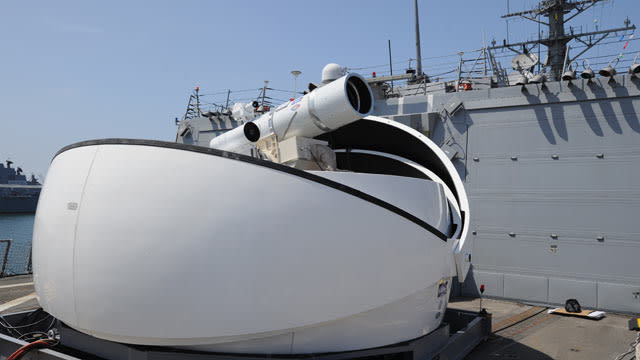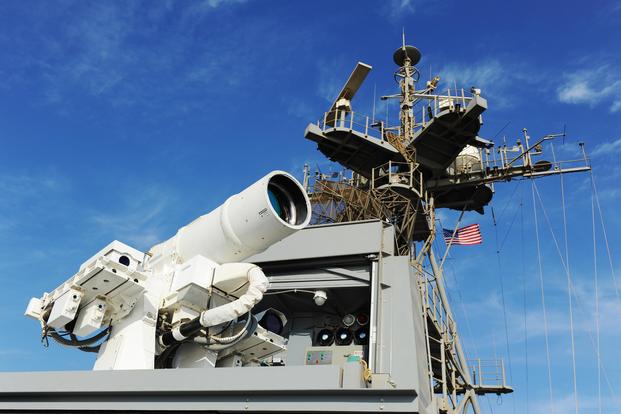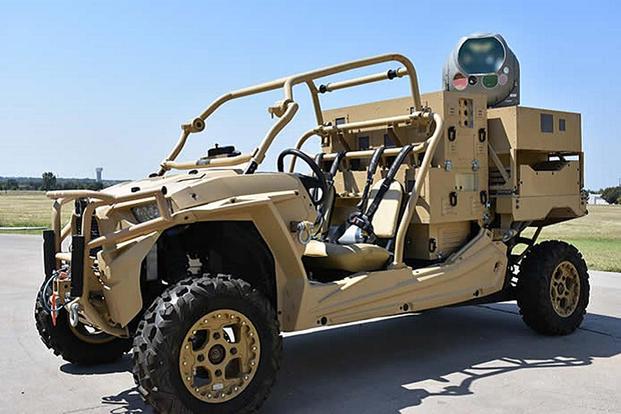The Navy is going to sea for the first time with a laser attack weapon that has been shown in tests to disable patrol boats and blind or destroy surveillance drones.
A prototype shipboard laser will be deployed on a converted amphibious transport and docking ship in the Persian Gulf, where Iranian fast-attack boats have harassed American warships and where the government in Tehran is building remotely piloted aircraft carrying surveillance pods and, someday potentially, rockets.

http://www.nytimes.com/2013/04/09/w...in-persian-gulf.html?partner=rss&emc=rss&_r=0
I want to play with it.................
A prototype shipboard laser will be deployed on a converted amphibious transport and docking ship in the Persian Gulf, where Iranian fast-attack boats have harassed American warships and where the government in Tehran is building remotely piloted aircraft carrying surveillance pods and, someday potentially, rockets.

http://www.nytimes.com/2013/04/09/w...in-persian-gulf.html?partner=rss&emc=rss&_r=0
I want to play with it.................




